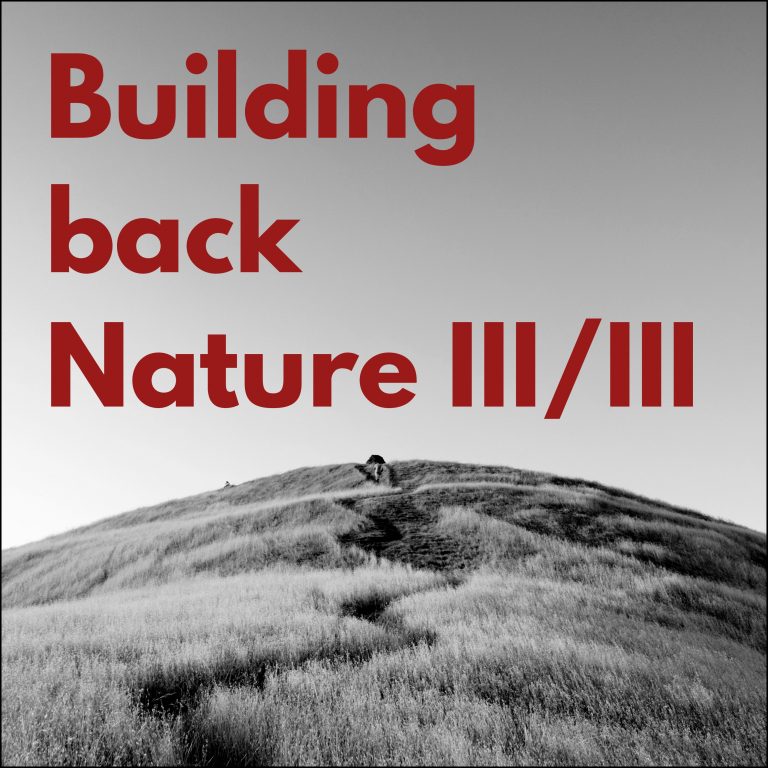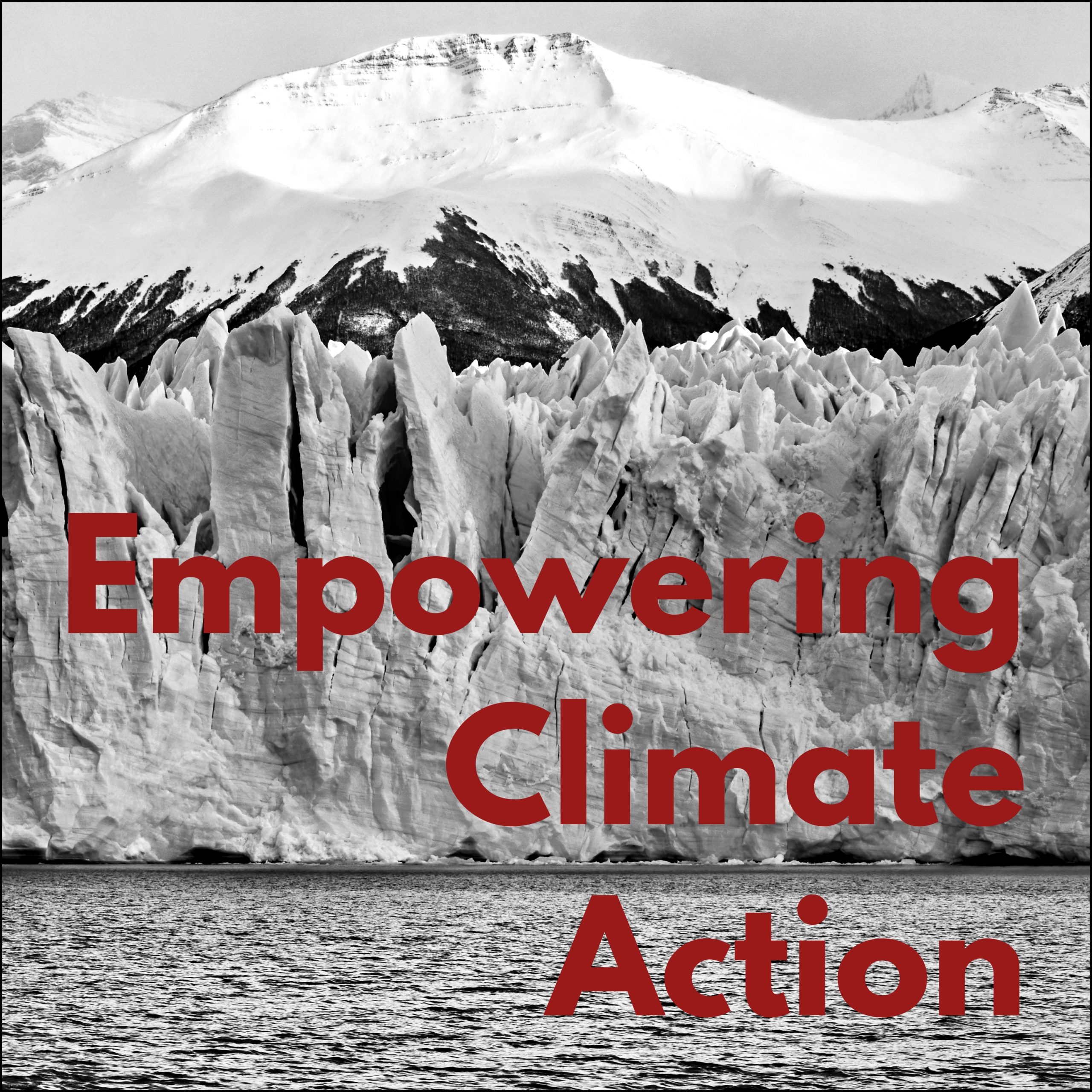Grasslands offer a dual benefit as nature-based solutions (NBS), functioning not only as carbon removal solutions but also as a means to conserve biodiversity. Given their significant potential, grasslands are increasingly being recognized as a key solution to help achieve our environmental goals.
At Broadpeak, we collaborate with industry experts, impact-driven investors, and academic institutions to address urgent global challanges. Through our articles and trilogies, we aim to share the insights we have gained from these projects with our network. Explore all of our published articles and trilogies in the blog section of our website.
Nature’s Solution to Interlinked Planetary Crisis
Covering close to one-third of the Earth’s terrestrial surface, grasslands are among the most diverse and valuable ecosystems globally. Grasslands are large open areas of grass, usually found between forests and deserts. There are two main types of grasslands, tropical (hot savannahs) and temperate (prairies and steppes). Both types of grasslands are critical for regulating climate and preserving biodiversity while supporting various sustainable development goals. Mikhail Accom of Eduponics told us, “Grasslands act as a carbon sink and provide habitats for a wide range of flora and fauna. They also play a crucial role in maintaining soil health and fertility, preventing erosion, and improving water infiltration and retention.”
Grasslands are one of the most important NBS to tackle climate change but they are often overlooked for the headline-grabbing forests. In reality, the global carbon stock in grasslands is about 50% more than the amount stored in world forests. By retaining the majority of their carbon in their roots underground, grasslands tend to be more efficient at carbon storage than forests, especially in areas susceptible to drought and wildfires. Around 34% of the carbon stored in land-based ecosystems is found in grasslands, which is only slightly lower than the 39% stored in forests. Moreover, grasslands capture approximately 343 gigatons of carbon dioxide, making them as critical as any other natural ecosystem for mitigating climate change.
Grasslands can also aid in climate adaptation efforts by strengthening the resilience of ecosystems and, in turn, supporting communities in coping with climate-related disasters. Due to their extensive roots, grassland plants can absorb more rainwater than other plants and prevent flooding. Additionally, deep root systems dry out slower than those with shallow roots, making grassland plants better equipped to endure droughts. Accom highlighted, “Preserving grasslands in cities can increase the ground’s capacity to retain water and improve infiltration rates. By having more grasslands in urban areas, it is possible to enhance the climate resilience of cities.”
Moreover, grasslands can play a fundamental role in addressing the current biodiversity crisis by offering ideal conditions for a vast diversity of habitats and species. In terms of species diversity, grasslands may surpass even tropical rainforests and are considered one of the most abundant habitats on the planet. Furthermore, many animal species rely on the fruits produced by plants that are pollinated by grassland insects, making them indispensable for various coexisting species. Florian Männer from Fraunhofer Institute said, “Grasslands can play a crucial role in overcoming the biodiversity crisis as they provide vital habitat and food sources for a wide range of species. Therefore, it’s essential to prioritize the preservation of these vital ecosystems, including the extensive and species-rich grasslands.“
Grasslands not only provide important ecological services, but they also offer significant social and economic benefits. Representing around 80% of the world’s agricultural and livestock area, these ecosystems are essential for global food production, contributing to ruminant milk and meat production. Grasslands are also suitable for livestock farming due to the flat terrain and abundant vegetation, providing livelihoods for millions of rural and indigenous people. Additionally, grasslands offer opportunities for ecotourism, providing jobs and economic benefits to local communities.
Given its potential to address multiple planetary crises, grasslands have gained traction worldwide. Almost two-thirds of the governments supporting the Paris Agreement have included NBS actions in their national climate plans, with special emphasis on grassland restoration and protection. During the COP27 conference, the importance of NBS was acknowledged for the first time, with particular stress on forests and grasslands to address climate change and ensure food security. Similarly, at COP15, restoration, conservation and management of grasslands were lauded as key strategies to restore and conserve biodiversity.
Challenges Confronting Grasslands
Despite their central role in food production, biodiversity, climate mitigation, and livelihoods, grasslands are facing the fastest and highest rates of conversion and degradation. Unsustainable agriculture is the primary driver of the unrestricted conversion of grasslands to farmlands for the cultivation of monoculture crops like wheat and for grazing livestock. These intensive agricultural practices adversely affect grasslands by causing overgrazing, pollution and erosion of local and traditional cultures. For instance, due to land conversions, North America’s Great Plains and Brazil’s Cerrado have already lost around half of their native grasslands.
Grasslands are also facing threats from land transformation for urban development. The loss of grasslands severely impacts the ecosystem and the species that depend on them, leading to biodiversity loss, carbon emissions and negative impacts on freshwater systems. Additionally, the conversion of grasslands into urban areas exacerbates the heat island effect and contributes to climate change. For example, the Cape Flats Sand Fynbos, which is a critically endangered vegetation type found in the Cape Town area, has suffered greatly due to urbanization and agriculture. It was once a thriving grassland, but today only 1% of its original extent remains.
Degradation of grasslands is linked with biodiversity loss as various animal and plant species rely on these critical ecosystems for survival. A recent study found that the biggest driver of biodiversity loss globally is deforestation and the conversion of natural grasslands to intensive agriculture and livestock. As grasslands are converted to agricultural or urban land, the habitat for diverse wildlife and critical pollinators is destroyed, resulting in a massive decline in the population of these species. This loss of biodiversity not only has far-reaching consequences for global food security but also threatens to destabilize the delicate balance of the environment.
Climate change is another major threat that deteriorates the health of grassland ecosystems and diminishes their ability to sequester carbon, maintain soil fertility, and provide habitat for wildlife and humans. Extreme weather events like wildfires can destroy grasslands and turn them into carbon emitters, further exacerbating the climate crisis. Abraham Nqabutho Dabengwa from the University of the Witwatersrand told us, “The rapid pace of climate change, desertification and unsustainable agriculture practices are threatening to irreversibly alter grassland ecosystems. We need to make grassland restoration a chief priority for mitigating the impacts of climate change and protecting the health of our planet.”
Policy Solutions for Protecting Grasslands
To protect and restore grasslands, embracing sustainable grassland management and involving local communities in designing and implementing NBS projects is important. Sustainable practices such as grazing management, pasture improvement, rotational grazing and intercropping can mitigate nearly 1.5 GT of carbon emissions by 2030. Moreover, involving local communities can provide valuable insights and expertise, as they have been using nature-based solutions for years. Muneeb Tariq from WWF said, “We need to learn from local people who have been using nature as a solution for years and ensure that they are included in the design and implementation of NBS projects.”
It is essential to support the research, development, and adoption of innovative agricultural practices that can reduce pressure on land and natural resources while ensuring food security. Practices such as sustainable agriculture and improved fertilizer management have the potential to sequester significant amounts of carbon. Educational outreach programs should be implemented to raise awareness of the link between ecosystem health, climate change, and food production. These programs can empower communities to engage in sustainable practices and support the adoption of innovative agricultural practices.
It is also crucial to address the funding gap hindering the expansion of grassland projects. This can be achieved through the implementation of policies that recognize the full range of ecosystem services provided by grasslands such as more holistic trading schemes, tax incentives, and land use zoning. Alexander “Sasha” Wiese from Bankers without Boundaries said, “Financing is the biggest issue facing all NBS projects. Even today, restoration projects are considered a by-product of big infrastructure projects. This shows the extent to which nature-based projects are undervalued. We need to change this by introducing payment for ecosystem services and other similar mechanisms.”
Moreover, government policies should incentivize farmers to adopt sustainable agricultural practices while ensuring that they get rewarded for conserving biodiversity. This would mean implementing effective monitoring mechanisms and redirecting subsidies from intensive agriculture to more eco-friendly sustainable practices. “It’s crucial to establish appropriate and practical monitoring mechanisms that encourage farmers to adopt sustainable land management practices and conserve biodiversity. Additionally, any management system to preserve species diversity must be supported by subsidies and other incentives, provided there is evidence of its effectiveness,” highlighted Männer.
There is currently a lack of effective exchange of information and cross-sectoral linkages, especially for early-stage NBS projects. It is therefore important to empower and support high-impact, verified NBS projects through the establishment of knowledge-sharing platforms. “To ensure that high-impact projects succeed in slowing down climate change we need to bridge that gap between companies and NBS project owners and to help scale projects that have a positive impact on climate, biodiversity, and social outcomes”, said Chinmaya Thonse from Goodcarbon, in an exchange with Broadpeak.
Lastly, encouraging cross-sectoral collaboration between agriculture, environmental conservation, and educational sectors is crucial to raise awareness about the importance of grassland-related NBS. Dabengwa said, “Grasslands are often overlooked ecosystems that are commonly viewed as degraded or unimportant areas with little ecological value. However, these ecosystems play an instrumental role in mitigating climate change and maintaining biodiversity. It’s time to recognize the value of grasslands and take action to preserve them for future generations.”





